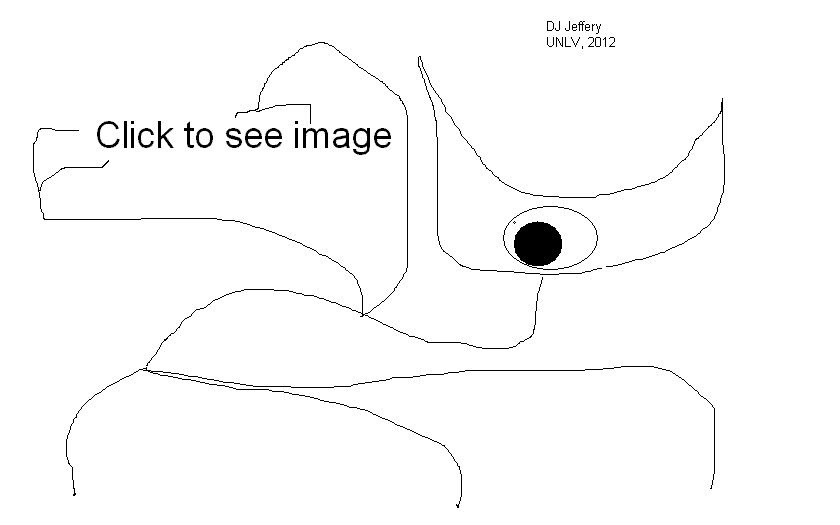
Image 1 Caption: The Kapteyn universe (1922, a Milky Way model) of Jacobus Kapteyn (1851--1922) displayed in a contour map of a cross section of the Milky Way disk.
Features:
- The
Kapteyn universe (1922)
is symmetrical about the
horizontal axis
and only the upper half is displayed
in Image 1.
- The
Kapteyn universe (1922)
is at least approximately an ellipsoid of
stars
with diameter ≅ 17 kpc,
maximum thickness ≅ 3 kpc, and the
Solar System offset from the
center by ≅ 0.65 kpc
(Imamura:
Herschel, Kapteyn, and the Milky Way,
No-490).
- The
Kapteyn universe (1922)
was determined by a statistical method that was similar to, but much more advanced, than
the star gage method used by
William Herschel (1738--1822)
in his pioneering work to map the Milky Way.
Both Herschel and Kapteyn failed to get the correct Milky Way structure and the Solar System location in the Milky Way.
The 2 essential reasons for failure were (1) they could NOT measure distances to stars and (2) interstellar dust limits observations in the visible band (fiducial range 0.4--0.7 μm =400--700 nm = 4000--7000 Å) in the Milky Way disk to ⪅ 3 kpc in most directions (FK-563). The Milky Way disk is ∼ 30 kpc in diameter, but the value depends on how exactly one defines the Milky Way diameter (see Wikipedia: Milky Way: Size).

- Image 2 Caption: Jan Oort's (1900--1992) illustration of the discrepancy between the Kapteyn universe (1922) (looking like a flying saucer) of Jacobus Kapteyn (1851--1922) and Harlow Shapley's (1885--1972) system of 86 Milky Way globular clusters (presented 1918: note the globular clusters are shown as little circles). Image 2 originally appeared in Willem de Sitter's (1872--1934) book Kosmos (1932).
Shapley assumed correctly that the Milky Way globular clusters orbited the Milky Way center in a roughly spherical distribution. With this assumption, the system of globular clusters gave a very different idea of the size of the Milky Way and the Solar System's location relative to the Milky Way center.
Qualitatively, Shapley was correct. The Solar System is far from the Milky Way center and the region of the Milky Way encompassed by Kapteyn universe (1922) is significantly smaller than the Milky Way.
But quantitatively, Shapley's distances were too large, but Image 2 shows them as even larger than Shapley determined.
The radius of the Kapteyn universe (1922) is ∼ 8 kpc which by modern measurements puts its outer edge near Milky Way center (Milky Way center distance = 7.4--8.7 kpc = 24--28.4 kly). Shapley put the Milky Way center at ∼ 17 kpc away which is about twice the modern value of ∼ 8 kpc. What Shapley did was determine the distance to 1 globular cluster M13 (NGC 6205) using Type II Cepheids ??? and then assumed all globular clusters were the same absolute size at least on average as M13 (NGC 6205) which became his standard ruler. Then he used the apparent sizes of globular clusters to determine their relative distances using his standard ruler and fixed their absolute distances using his calibration distance to the standard ruler (i.e., M13 (NGC 6205)). Of course, globular clusters are NOT the same absolute size. M13 (NGC 6205) is a rather big globular cluster and using it as a standard ruler made most of his absolute distances too large (General Education Astronomy Source (GEAS), 2011--2024: "The Shapley-Curtis Debate: What is our Place in the Universe?"; Australia Telescope National Facility, before or circa 2024: "Cepheid Variable Stars & Distance Determination"; Franklin Institute, before or circa 2024: "Case Files: Harlow Shapley").
Note, the last paragraph may need some revision since it hard to piece the story together from the references which are incomplete.
- Image 2 Caption: Jan Oort's (1900--1992) illustration of the discrepancy between the Kapteyn universe (1922) (looking like a flying saucer) of Jacobus Kapteyn (1851--1922) and Harlow Shapley's (1885--1972) system of 86 Milky Way globular clusters (presented 1918: note the globular clusters are shown as little circles). Image 2 originally appeared in Willem de Sitter's (1872--1934) book Kosmos (1932).
- Christopher Palma, before 2024, The Shape of the Milky Way from Starcounts.
- J.C. Kapteyn, 1922, 55, 302, First Attempt at a Theory of the Arrangement and Motion of the Sidereal System, NASA/ADS.
- James Imamura, before 2024, Astronomy 123: Cosmology and Our Place in the Universe: Herschel, Kapteyn, and the Milky Way.
- No-490.
- P.C. van der Kruit, 2014, p. 3 or directly P.C. van der Kruit, 2014, p. 3 for Image 2. However, the cartoon in Image 2 by Jan Oort (1900--1992) is NOT apparently in the English version of Willem de Sitter's (1872--1934) book Kosmos (1932). The closest to it is on Kosmos (1932) p. 94. Probably, it is in the Dutch translation Kosmos (1934).
- Wikipedia: Jacobus Kapteyn: Biography.
-
Images:
-
Credit/Permission:
Jacobus Kapteyn (1851--1922),
1922 /
Believed to be Public domain.
Download site: The Shape of the Milky Way from Starcounts by Christopher Palma.
Image link: Itself.
-
Credit/Permission: ©
Jan Oort's (1900--1992),
1932
(appearing in P.C. van der Kruit, 2014, p. 3) /
No permission. Probably no one is aggrieved if I just posted a copy, but
good practice forbids.
Image link: Itself.
Placeholder image: alien_click_to_see_image.html if needed.
File: Galaxies file: milky_way_jacobus_kapteyn.html.